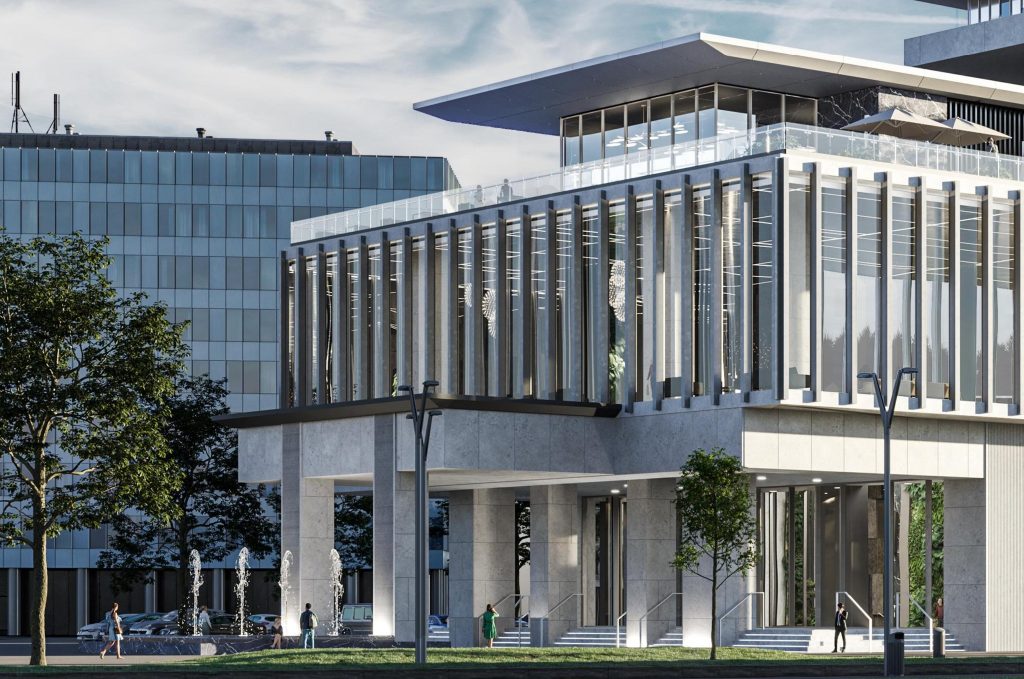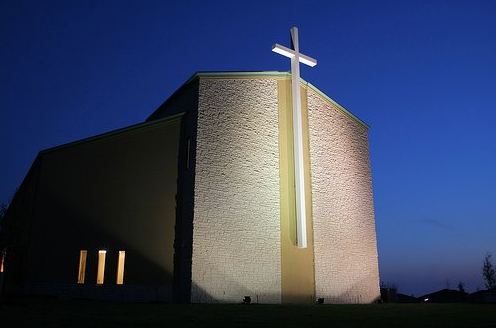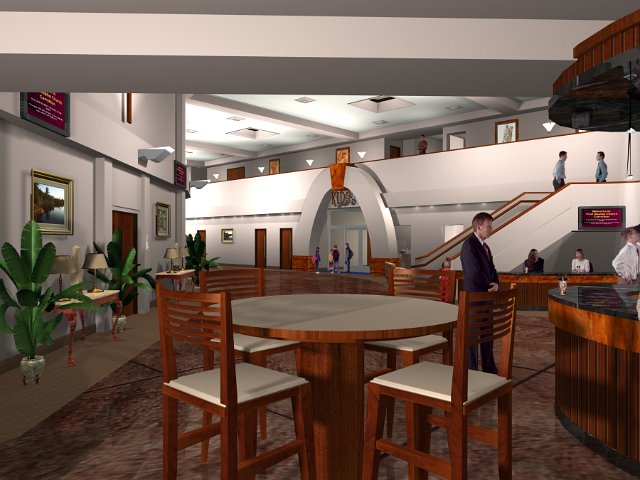Introduction
In the healthcare industry, the design of critical spaces such as operating rooms, intensive care units (ICUs), and emergency departments plays a pivotal role in ensuring both patient safety and the overall healing experience. Striking a balance between safety and aesthetics in these environments is not just a matter of visual appeal but a necessity for functional efficiency, emotional comfort, and positive health outcomes. This article explores how modern healthcare design integrates these seemingly competing priorities to create environments that are both secure and welcoming.
The Importance of Safety in Healthcare Design
Patient safety is the cornerstone of healthcare design. Critical spaces must adhere to stringent standards and regulations to prevent infections, reduce medical errors, and ensure the well-being of both patients and staff. Materials such as antimicrobial surfaces and seamless flooring minimize the risk of hospital-acquired infections (HAIs). Proper ventilation systems filter airborne pathogens, maintaining clean air quality throughout the facility.
Ergonomics and accessibility are crucial considerations. Medical equipment needs to be easily accessible, and layouts must optimize workflows for healthcare professionals. Wide doorways, smooth transitions between rooms, and barrier-free layouts ensure patients with mobility challenges can navigate the space safely and comfortably.
Emergency preparedness is another vital component. Critical spaces are designed to support rapid responses during emergencies, incorporating features like strategically placed crash carts and intuitive layouts. Fire safety systems, clear signage, and emergency exits are integrated to enhance safety. Adequate lighting is essential for reducing errors during procedures, while task-specific lighting ensures precision without causing glare or strain.
The Role of Aesthetics in Healing
While safety is paramount, aesthetics significantly influence the patient experience. A thoughtfully designed healthcare environment can reduce stress, promote healing, and improve patient satisfaction. Incorporating natural elements like plants, water features, and ample natural light fosters a calming atmosphere and reduces stress levels. Views of nature or nature-inspired artwork have been shown to enhance recovery times for patients.
Color psychology plays a vital role in setting the tone of healthcare spaces. Soothing colors like blues and greens create a sense of tranquility, while warmer tones in waiting areas provide comfort and reduce anxiety for patients and their families. Comfortable furnishings further contribute to a welcoming atmosphere, ensuring patients and visitors feel at ease during their stay.
Art and decor add personality to healthcare spaces, breaking the monotony often associated with sterile environments. Carefully chosen artwork can evoke positive emotions and provide a visual distraction for patients, enhancing their overall experience.
The Challenge of Balancing Safety and Aesthetics
Combining safety and aesthetics requires careful planning and collaboration among architects, interior designers, healthcare professionals, and facility managers. Material selection is a critical factor. Durable, easy-to-clean materials are essential for maintaining safety, but they can also be visually appealing. For instance, vinyl flooring that mimics the look of wood or stone is resistant to spills and wear while adding warmth to the space.
Flexible design solutions are another strategy to achieve balance. Modular furniture and movable walls allow spaces to adapt to changing needs without sacrificing aesthetics.
Multi-functional rooms, such as those that transition between ICU and step-down care, demonstrate how flexibility can coexist with thoughtful design.
Technology integration is revolutionizing healthcare design. Concealed medical equipment reduces visual clutter while ensuring functionality. Smart lighting systems that adjust brightness and color temperature enhance both safety and ambiance. These innovations allow healthcare spaces to feel less clinical and more comforting.
Wayfinding and navigation are also crucial in creating user-friendly environments. Clear signage and intuitive layouts reduce confusion and stress for patients and visitors. Aesthetic elements, such as color-coded zones or themed corridors, aid navigation while adding visual interest.
Case Studies: Successful Healthcare Design
The Cleveland Clinic’s main campus in Ohio exemplifies the harmony between safety and aesthetics. Patient rooms feature ample natural light and views of landscaped gardens, creating a serene environment. Corridors are designed for efficient staff movement, and antimicrobial materials are seamlessly integrated, ensuring a sterile environment without compromising visual appeal.
Khoo Teck Puat Hospital in Singapore incorporates biophilic principles with lush greenery and rooftop gardens that contribute to a healing environment. At the same time, state-of-the-art safety features, such as advanced ventilation systems and non-slip flooring, ensure the security of patients and staff.
The Royal Children’s Hospital in Melbourne, Australia, combines vibrant colors and playful decor with meticulous safety measures. Interactive installations and art pieces provide a comforting atmosphere for young patients, while infection control and ergonomic considerations remain a top priority.
Benefits of Balanced Healthcare Design
Achieving a balance between safety and aesthetics in healthcare design offers numerous benefits. A calming and visually appealing environment reduces stress and accelerates healing. Ergonomic designs and well-lit spaces enhance staff efficiency, minimizing fatigue and errors. Positive aesthetic elements contribute to a satisfying experience, fostering trust in the facility. Additionally, durable materials and flexible designs reduce maintenance and renovation costs over time, offering long-term value.
Future Trends in Healthcare Design
As technology advances and patient needs evolve, the future of healthcare design will continue to prioritize the balance between safety and aesthetics. Virtual reality (VR) simulations allow designers to test layouts and features for functionality and aesthetics before construction. Sustainable practices, including eco-friendly materials and energy-efficient systems, are becoming standard in healthcare facilities. Personalized environments, where patients can customize lighting, temperature, and decor, will cater to individual preferences, further enhancing comfort and satisfaction.
Conclusion
Healthcare design that balances safety and aesthetics is essential for creating spaces that support healing, comfort, and operational efficiency. By integrating functional safety features with thoughtful aesthetic elements, designers can transform critical healthcare spaces into environments that prioritize well-being and care. As the field continues to evolve, collaboration between technology, design, and healthcare professionals will remain crucial in shaping the hospitals and clinics of the future.







